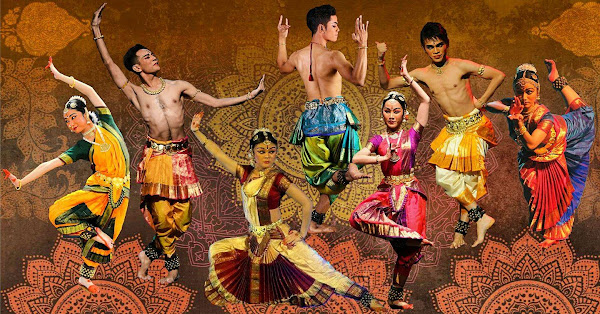Re-searching Gondwana by ChitAmbara

ChitAmbara is the non-profit performance and collaboration arm of the Saraswati Mahavidhyalaya (SMV) in Perth, Australia, and a sister organization of The Temple of Fine Arts Kuala Lumpur. The institution “ whose vision is to be a centre for artistic and scientific learning, in keeping with holistic values, was the brainchild of the late founder Swami Shantanand Saraswati. His Holiness envisioned an institute where arts and sciences, ancient and modern, can be learned and explored, synthesised into a holistic experience for the student, since “Truth is One and Paths are Many”. The ultimate goal is to serve humanity through education. ‘Saraswati’ literally means ‘that which is constantly flowing’. ‘Maha’ means great and ‘Vidhyalaya’ translates ‘to seat of knowledge’, therefore “a great seat of knowledge that constantly enlightens the ever changing and moving mind.” ChitAmbara is working primarily towards creating a space for creative collaborations, nurturing talent...



